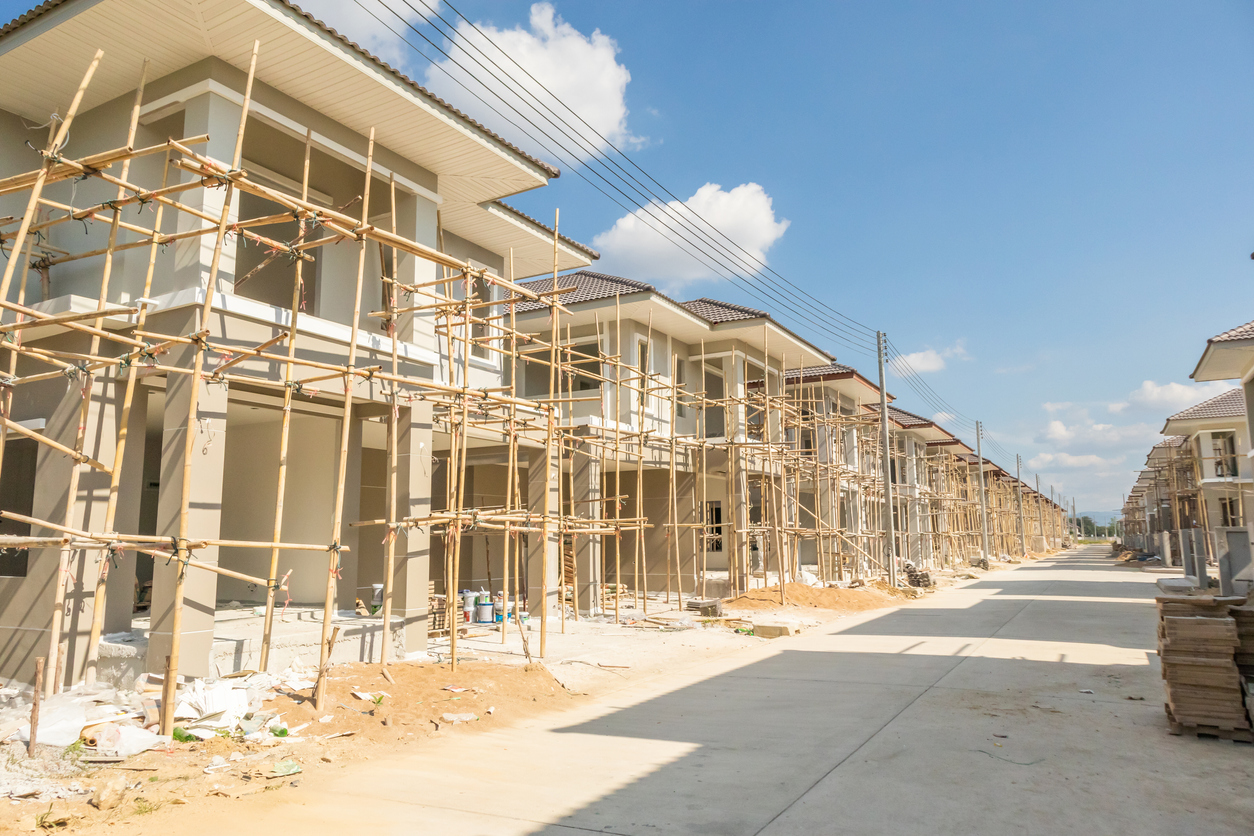Developer oriented development only worsens the housing crisis
May 9, 2024
A lobby group representing the $600 billion property industry is determining state housing policy in NSW.
On the 29th April, when the NSW Government’s Transport Oriented Development (TOD) State Environmental Planning Policy (SEPP) changes were gazetted, the Property Council’s media release praised the government but complained it wasn’t enough. They also stated that:
“The Property Council were (sic) the original architects of the TOD SEPP…”
The reaction to this fox-in-the-henhouse admission was silence. We are used to government acting for vested interests, and large media outlets are also heavily embedded with the property sector, but the support for these plans is concerning given they depend on a highly-contested approach of land de-regulation and private market supply to benefit developers, investors and large land holders. The reality is that a lobby group representing the $600 billion property industry is determining state housing policy.
The government’s major housing reforms have been decried by peak social housing groups, the National Trust, community groups and historical societies, but widespread progressive grass-roots action these days is a rarity; the heroes of the Green Bans would today be derided as NIMBYs.
The Department of Planning, Housing and Infrastructure (DPHI) claims their housing plans are fair and evidence-based.
Community groups and residents were excluded from the TOD submissions process; it was therefore surprising to read a Sydney YIMBY post on their website dated 10 February: “Earlier this year, Sydney YIMBY submitted to the NSW Government’s Transit-Oriented Development Program.”
“As a grassroots pro-housing group, we greatly welcome the announcement that housing is the NSW Government’s top priority.”
“We particularly welcome that the new controls will apply in heritage conservation areas (HCAs), and recommend that DPHI monitor development applications in these areas to ensure that HCAs are not an impediment to additional housing.”
An enquiry to the DPHI about this anomaly prompted the following reply: “The department has not invited any community groups and landowners/developers to make submission on the Transport Oriented Development (TOD) program so far. This is to ensure equity and transparency…”
After further questioning I was advised: “Apologies for the confusion, earlier this year there was a targeted consultation period organised with peak industry, planning, professional, community and environmental groups.”
So not transparent, not equitable, and devised by developers.
Formed a year ago, Sydney YIMBY has lobbied aggressively against heritage protections, mainly in the inner west and surrounds (one suggestion was to re-develop most of Haberfield, leaving around 10% of its heritage stock intact). The historic, already-dense inner west/south west also happens to be the most impacted by the TOD tier 2 plans, containing more than half of the Sydney stations slated for re-development. Most are state heritage-listed and have surrounding distinct neighbourhood character or heritage conservation areas. Croydon, another target of Sydney YIMBY, has important rare heritage values, including The Strand, the best of only two remaining intact federation high streets in Sydney.
The inner west area is also rich with long-standing historical and suburban societies, and community and environmental groups, the members of which are well-qualified and have extensive local knowledge. These groups, from Balmain to Croydon, and out to the Cooks River, have formed a Residents Action Coalition to respond to the recent housing plans and keep communities informed; none of these groups was invited to submit to the TOD plans.
The housing crisis serves industry and government well, legitimising de-regulation and cosy relationships, despite their joint culpability vis-à-vis failing to plan well for increasing urbanisation, and reinforcing the speculative private market. They have cunningly deflected blame for housing unaffordability onto ordinary residents (mostly “quiet Australians” still working to pay off their homes, broadly cast as Boomers and NIMBYs) and have co-opted a socially-appealing cohort of more youthful workers as their cheer squad. Sydney YIMBY is the perfect vehicle for fuelling this division.
In April the Property Council produced a 32-page “research report” praising YIMBYs and recommending they enter the Parth market. Premier Minns is a great fan, posing with co-founder Melissa Neighbour for photo ops and declaring his support on his Face Book page:
“Our government will always say Yes-in-my-backyard to developing more affordable housing in NSW. No matter what NIMBYs say.”
Yet Minns won’t cap rents, has built no social housing, and has allowed developers to minimise affordability contributions, which for TOD tier 2 stations are only 2%. His NIMBY-knocking legitimises the on-line abuse of anyone opposing developer-led planning.
Clearly, property interests have written the Minns housing plans and the DPHI has sought to justify them through highly undemocratic “consultation”. Divisive rhetoric has fostered blind support for less regulated development without any guaranteed affordability benefit. Our wonderful built heritage decreases every day and with more development the proportion of heritage dwellings also reduces. Heritage homes, streetscapes and small groups of shops are still widely accessible to owners, renters, customers and visitors; the loss of these suburban historic areas will assign protection to only the grandest of places, in the hands of the wealthy.
I have no advice for a biased government, but residents who have any appreciation of the historic and the aesthetic, and retain some faith in democracy, should never vote for a major party again; you’ll be putting powerful private interests in charge.
